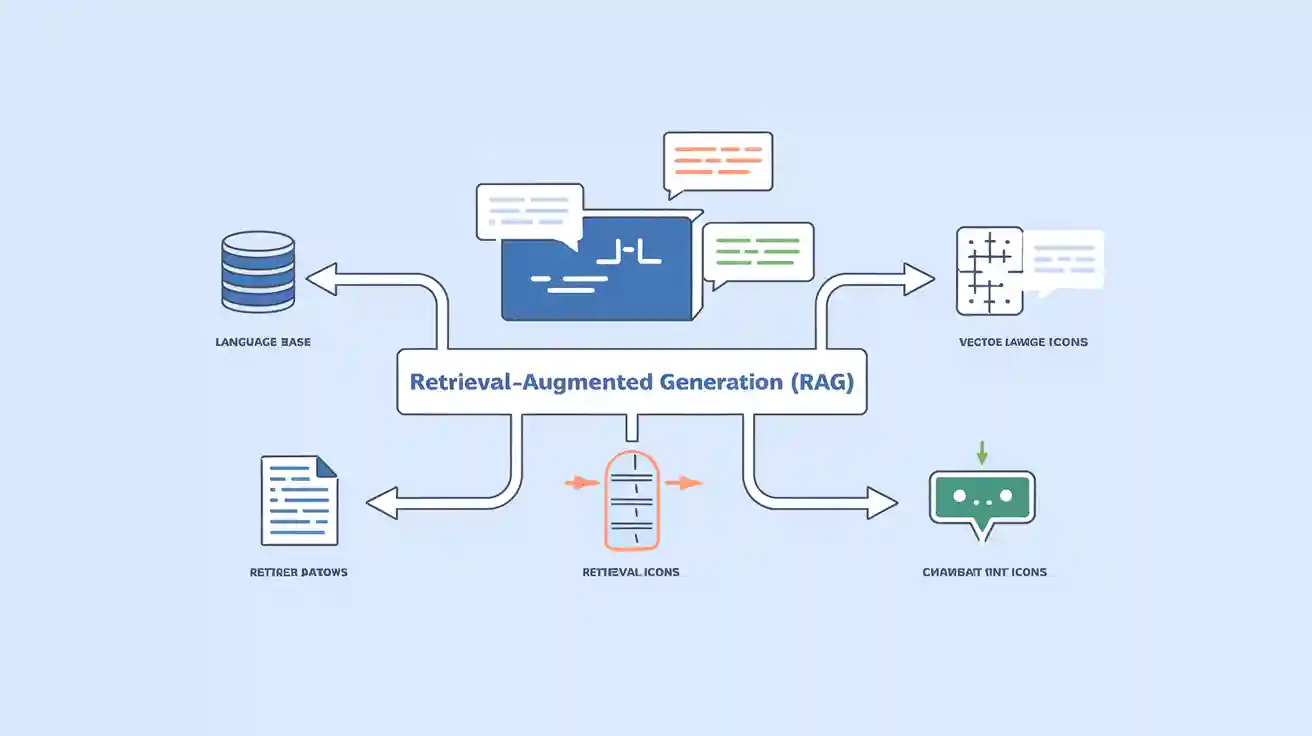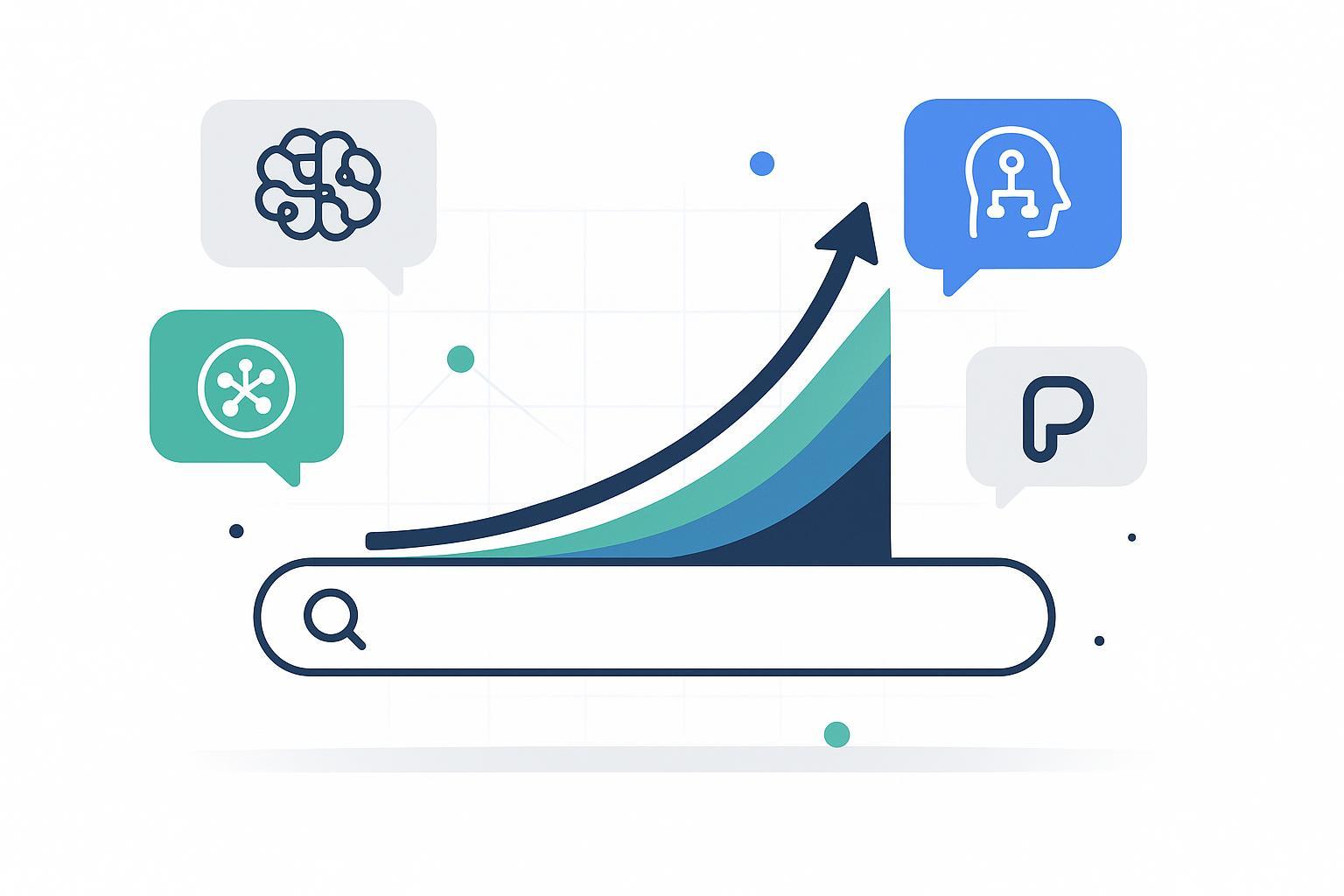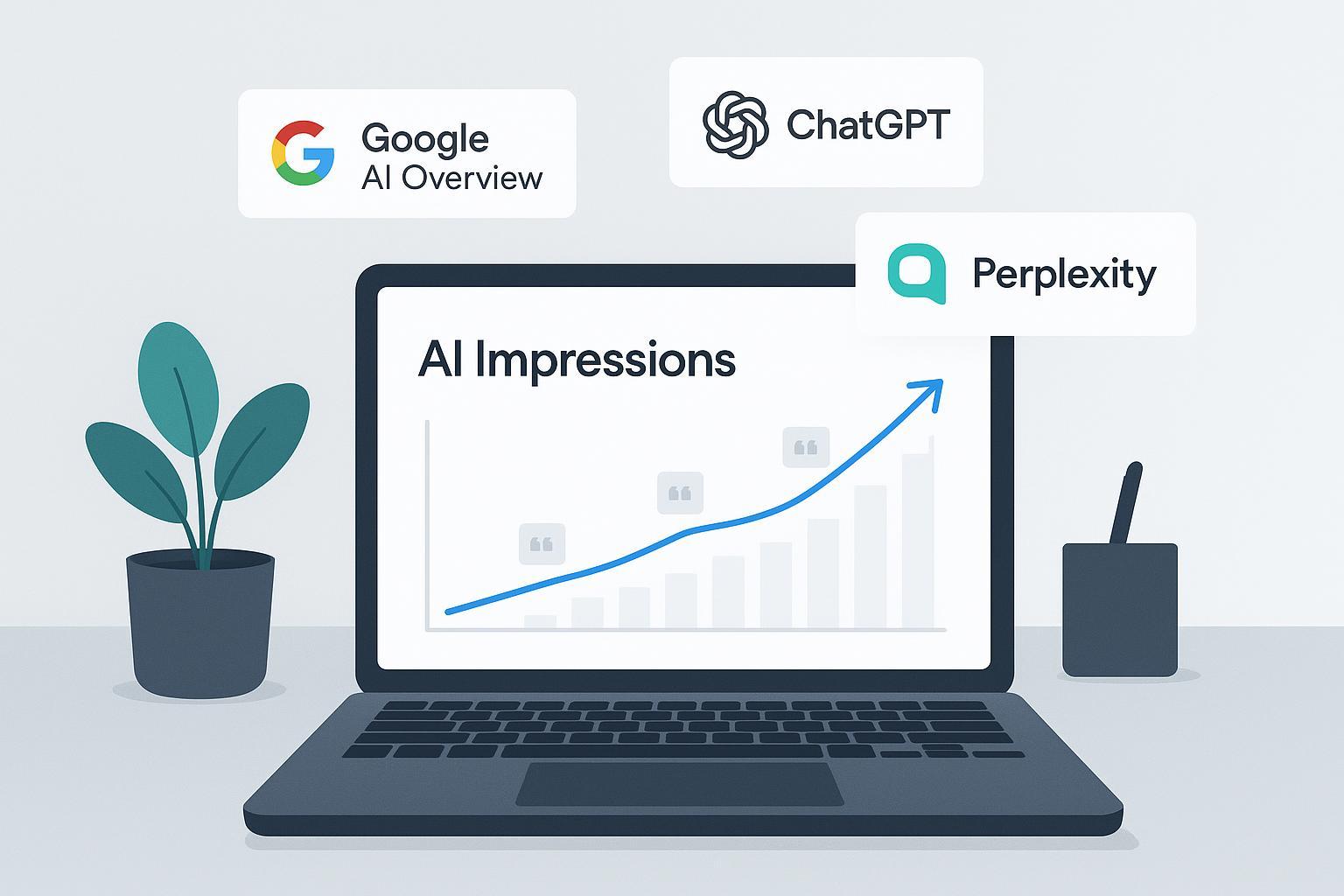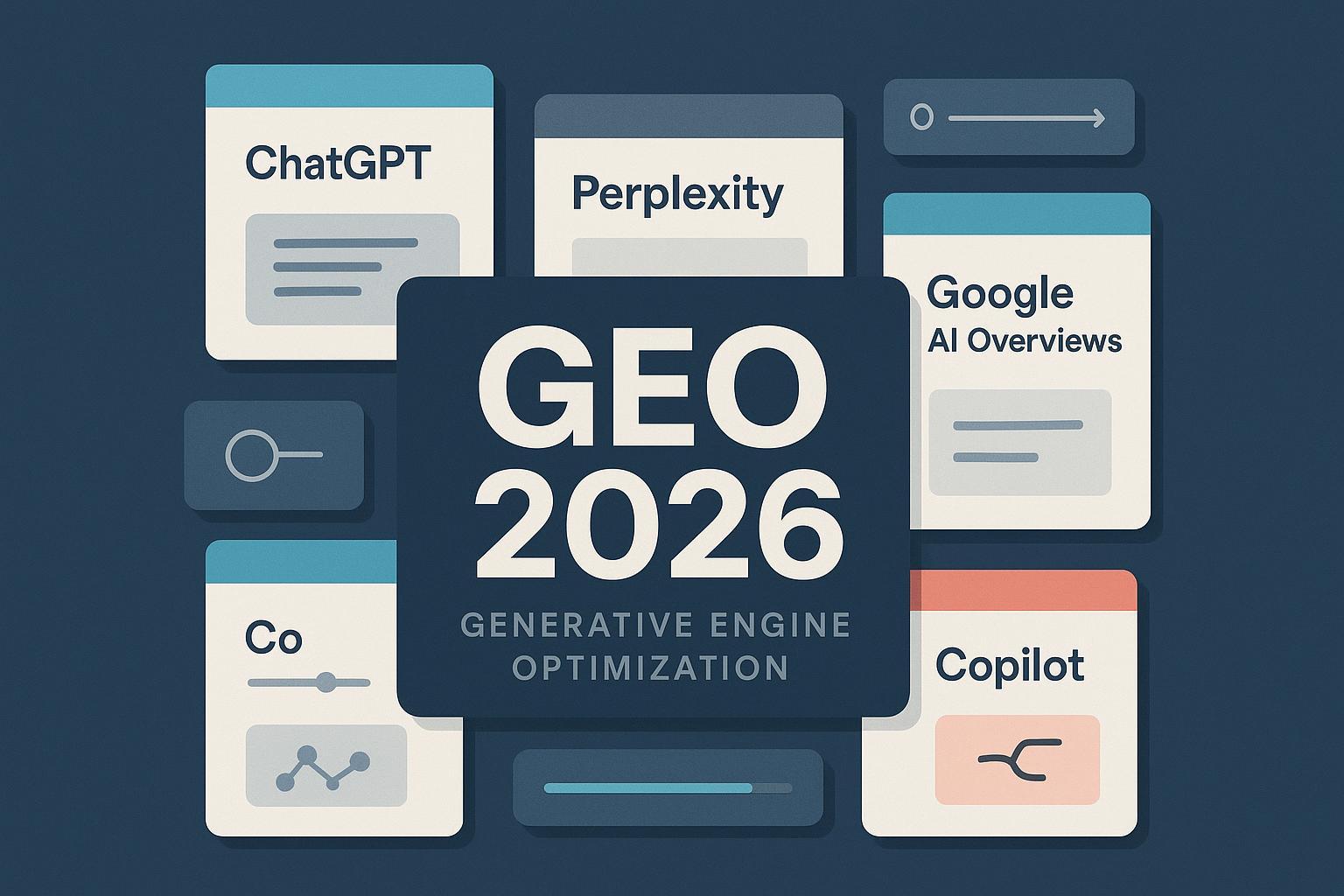What is Retrieval-Augmented Generation (RAG)? Definition, Workflow & SEO Applications
Learn what Retrieval-Augmented Generation (RAG) is, how it works, and why it matters for content optimization and SEO. Discover RAG’s definition, technical workflow, key components, and real-world applications in AI-powered search, brand visibility, and enterprise content strategies.


One-Sentence Definition
Retrieval-Augmented Generation (RAG) is an AI technique that enhances large language models (LLMs) by retrieving relevant, up-to-date information from external knowledge bases to generate more accurate and contextually grounded responses.[Wikipedia][IBM]
Detailed Explanation
Traditional LLMs, like GPT or Claude, generate text based solely on their training data, which can quickly become outdated or lack domain-specific knowledge. RAG addresses this limitation by integrating an information retrieval system into the generative process. When a user submits a query, the system first searches external sources—such as databases, documents, or knowledge graphs—for the most relevant information. This retrieved content is then combined with the LLM’s internal knowledge to produce a response that is both factually accurate and tailored to the latest available data. This approach reduces hallucinations, increases transparency (often with source citations), and enables real-time, domain-specific answers without the need for costly model retraining.[K2view]
Key Components of RAG
Knowledge Base: The external repository of information (e.g., documents, databases, websites) that the system can search.
Retriever: An AI model that finds and ranks the most relevant pieces of information from the knowledge base based on the user’s query.
Embedding Model & Vector Database: Converts both queries and documents into numerical vectors, enabling efficient semantic search and matching.
Integration Layer: Coordinates the retrieval and generation steps, engineering an augmented prompt for the LLM.
Generator (LLM): The large language model that synthesizes the final response using both its internal knowledge and the retrieved context.
Real-World Applications
AI-Powered Search (e.g., Google AI Overviews): RAG enables search engines to provide direct, context-rich answers by grounding responses in real-time web data, improving both accuracy and user trust.[iPullRank]
Content Optimization & SEO: Marketers and SEO teams use RAG to generate or refine content that is always up-to-date and relevant, increasing brand visibility in AI-driven search results. For example, platforms like Geneo can leverage RAG principles to monitor brand mentions across AI search engines and suggest content improvements based on the latest trends and authoritative sources.
Enterprise Chatbots & Virtual Assistants: RAG-powered bots can answer complex, domain-specific questions by accessing internal company data, improving customer support and compliance.
Personalized Recommendations: E-commerce and media platforms use RAG to deliver recommendations based on the latest user behavior and market trends.
Related Concepts
Generative AI: AI systems that create new content, such as text, images, or code.
Large Language Model (LLM): The core generative engine in RAG, trained on vast datasets.
Knowledge Base: The structured or unstructured data source for retrieval.
Prompt Engineering: Techniques for crafting effective prompts to guide LLM outputs.
Vector Database: Specialized databases for storing and searching embeddings.
GraphRAG: An evolution of RAG that integrates knowledge graphs for richer context.
AEO/GEO: Answer Engine Optimization and Generative Engine Optimization—strategies for optimizing content for AI-driven search and generative platforms.
Ready to optimize your brand’s AI search visibility and content performance? Try Geneo and see how RAG-inspired strategies can elevate your digital marketing.




